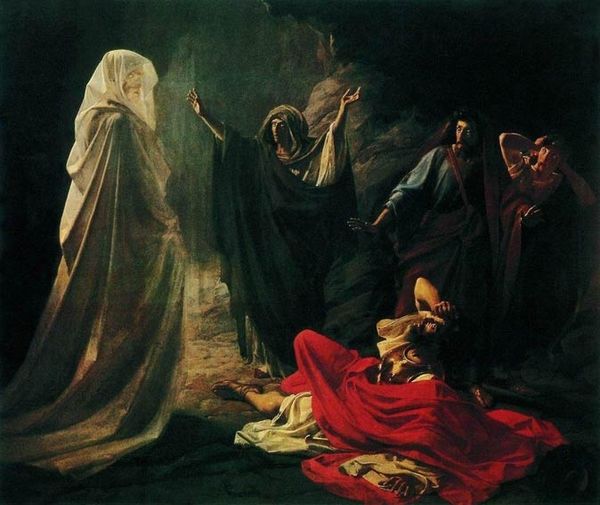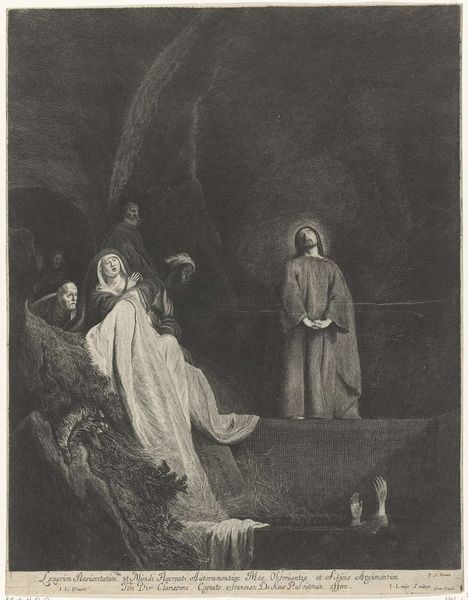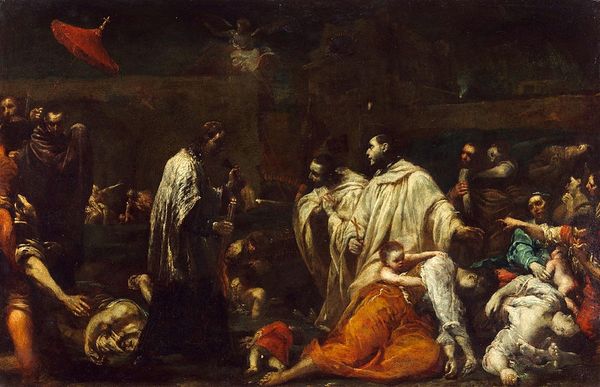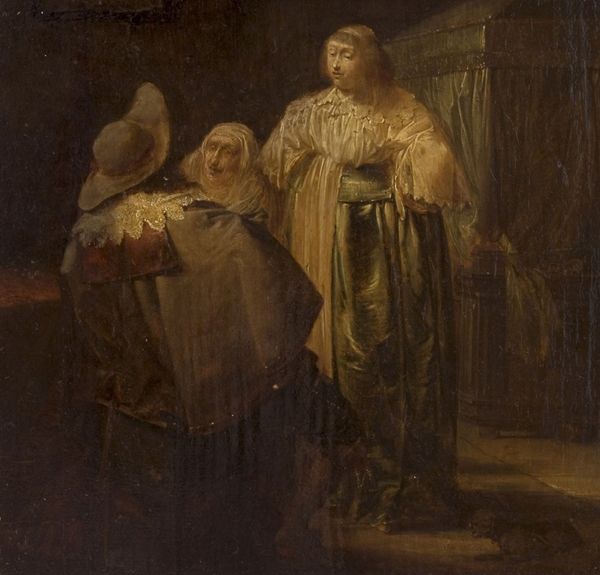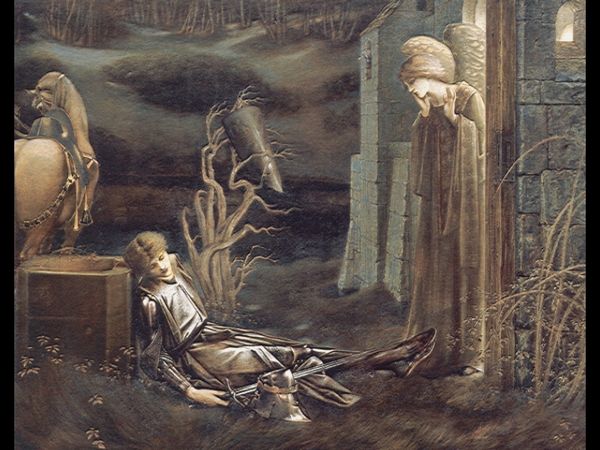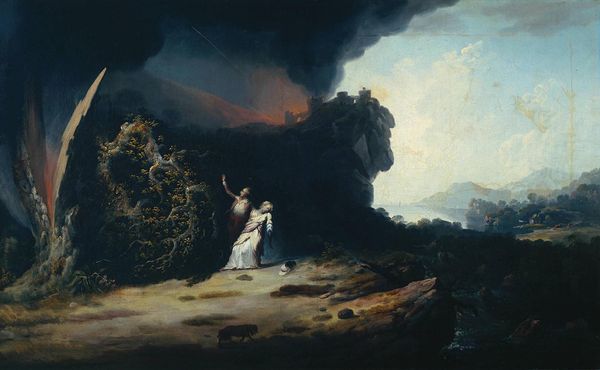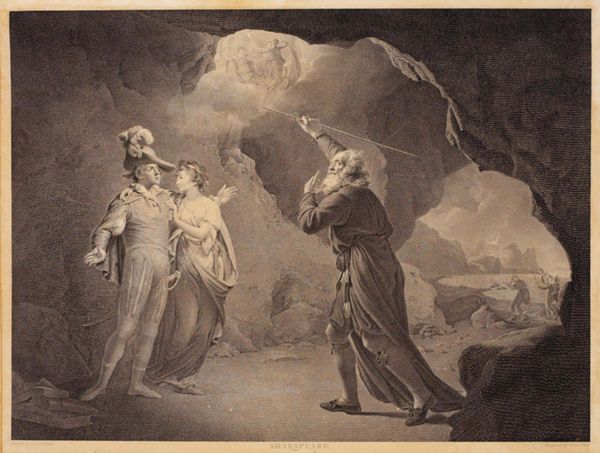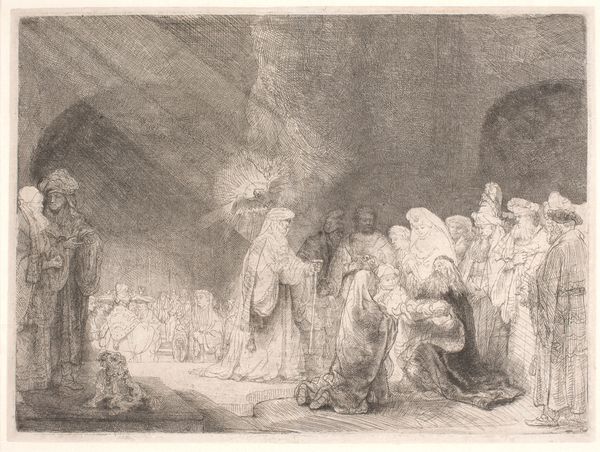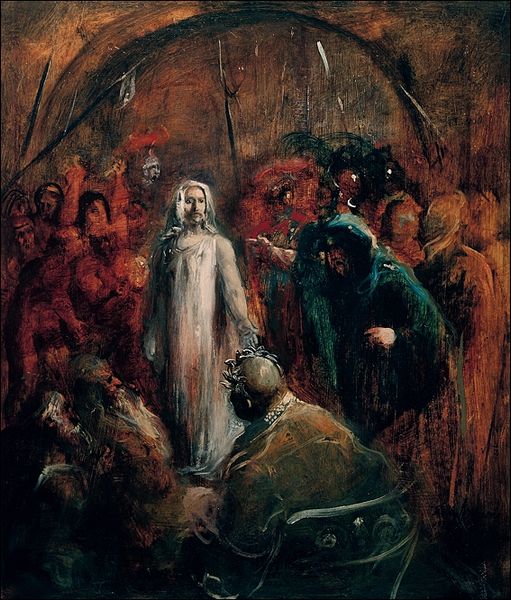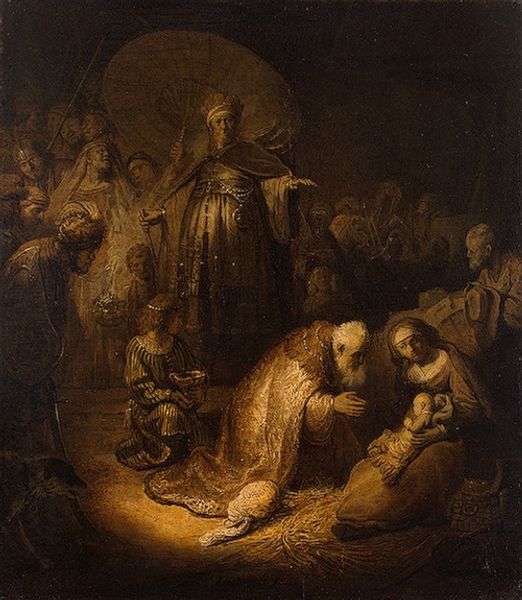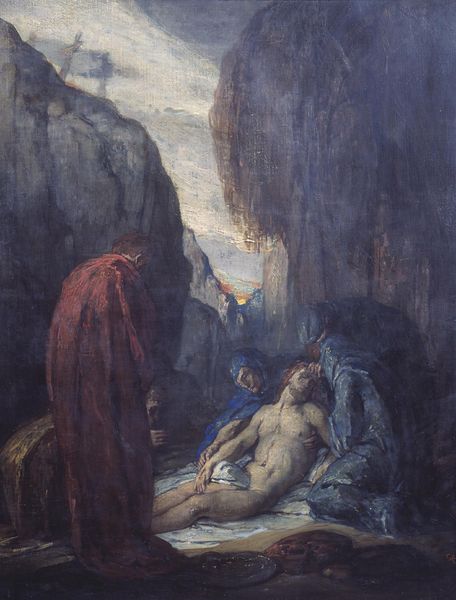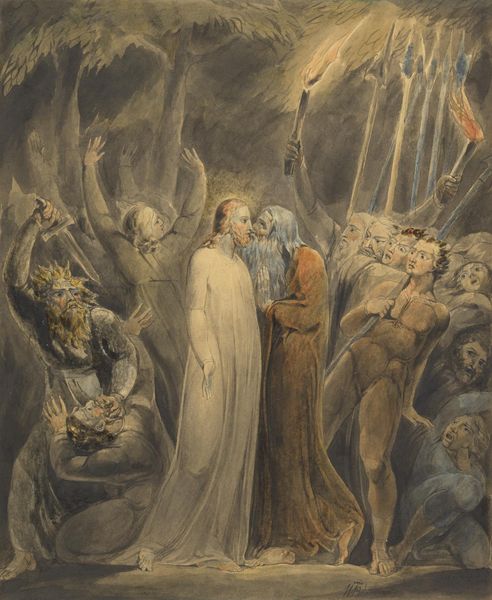
oil-paint
#
narrative-art
#
baroque
#
oil-paint
#
figuration
#
oil painting
#
history-painting
Copyright: Public domain
Editor: We’re looking at Jan Lievens’ "The Raising of Lazarus," an oil painting from 1631. It’s a dark scene, almost theatrical in its drama. What strikes me most is the contrast between the figures emerging from the darkness and the solitary figure bathed in light. What do you see in this piece? Curator: The darkness is indeed key. Consider the Baroque period, and the ways in which religious art aimed to instill awe and fervor. Lievens utilizes chiaroscuro not just for visual drama, but to represent the mystery and power of divine intervention. Think about the social context; images like these were incredibly potent tools for shaping religious belief. Editor: So, the painting’s effectiveness hinges on more than just its aesthetic qualities? Curator: Precisely. It's also about the power dynamics inherent in religious imagery, about representing Christ’s power over life and death, but also the church’s own authority. Note also how the witnesses are composed – fear, awe, disbelief – Lievens crafts a range of responses, drawing viewers into the scene and making them contemplate their own faith. Who controlled the interpretation of this scene in the 17th Century? What do you think the inclusion of the two hands in the left, are all about? Editor: Good question, it never caught my attention. Perhaps the raised hands highlight the miracle of the raising as a life coming back from the afterlife? This adds so many layers of interpretation. I realize now that appreciating art isn't just about what's on the surface. Curator: Indeed. Understanding its role in society unveils a much deeper understanding. It's about recognizing art as an active participant in history, shaping culture and reflecting its values.
Comments
No comments
Be the first to comment and join the conversation on the ultimate creative platform.
